Our Activities Calendar
Are you someone who enjoys planning your vacation in advance? Explore the link below to discover the array of tours and activities awaiting you during your stay with us. We continuously update our programs; we recommend checking back closer to your visit to explore any new additions we have introduced over the dates of your stay.
Gulf State Park Activities Calendar
Wake up and choose your own adventure
Endless options for exploration & fun.
There is no shortage of great activities awaiting just outside your door at Eagle Cottages. On any given day, you can discover, experience, and connect with nature at your own pace.
Hit the trails
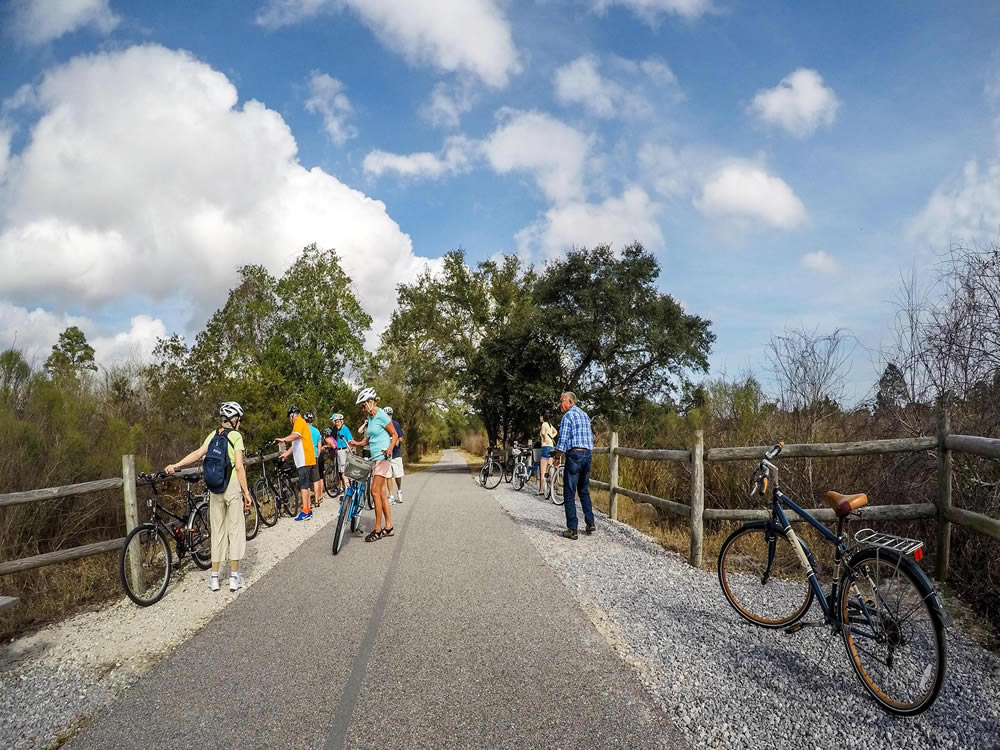
Paddle | Stand or sit
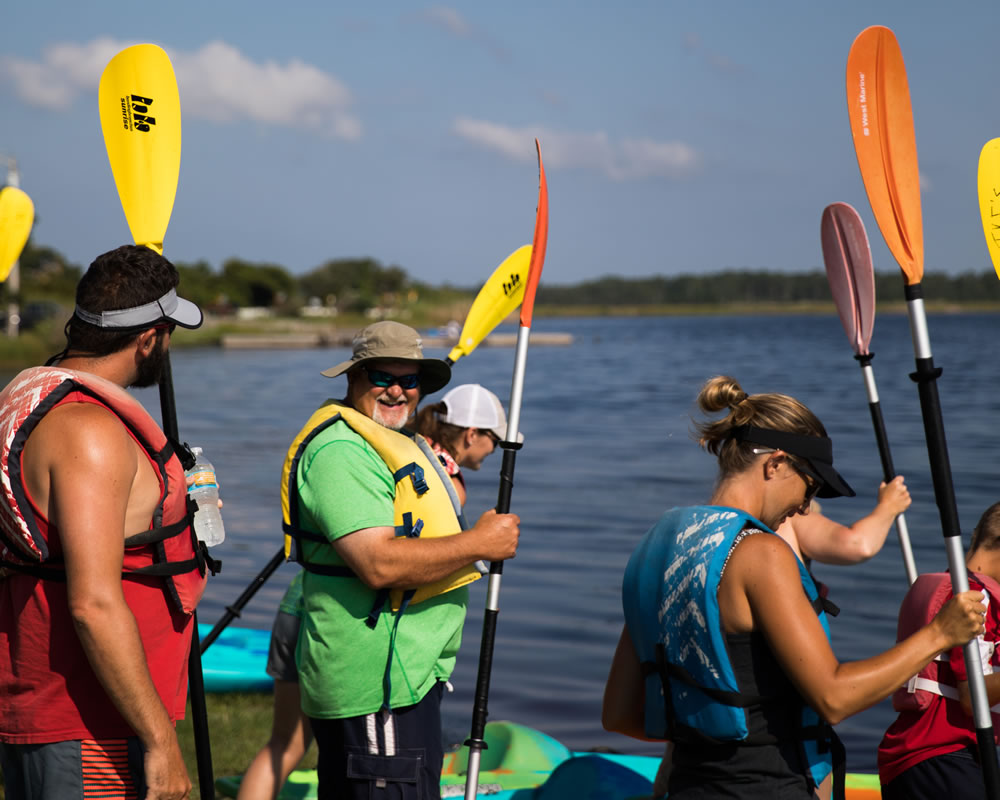
Gone fishin'
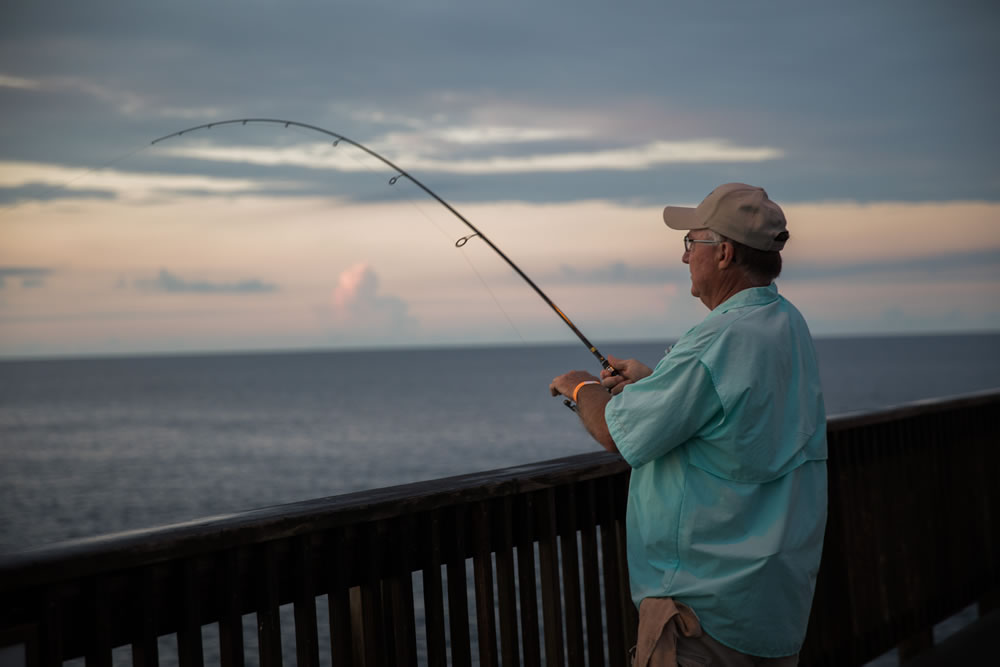
Dive in
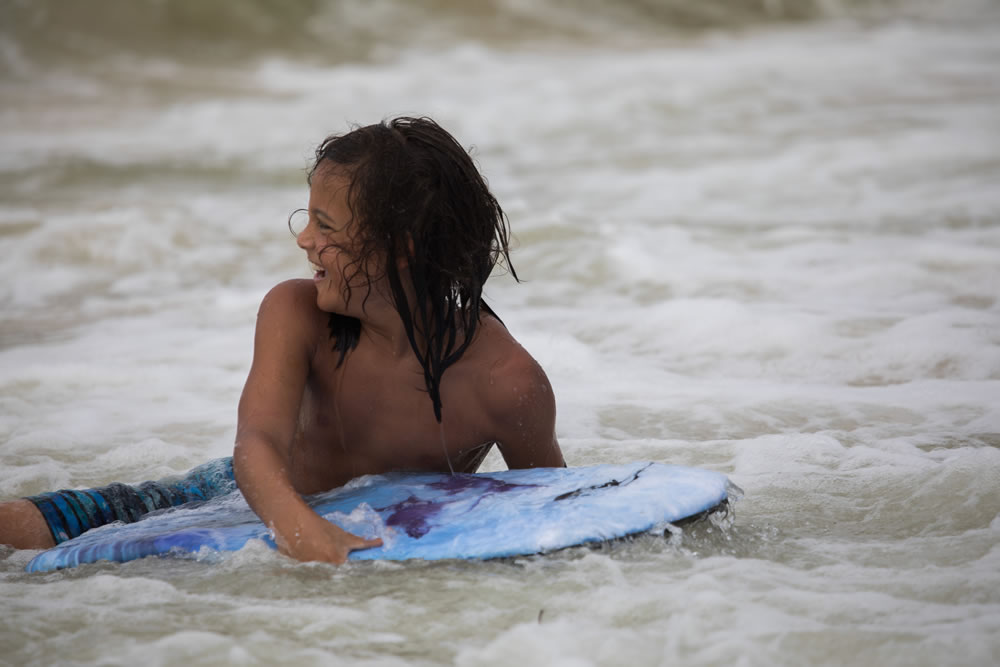
Experiential education
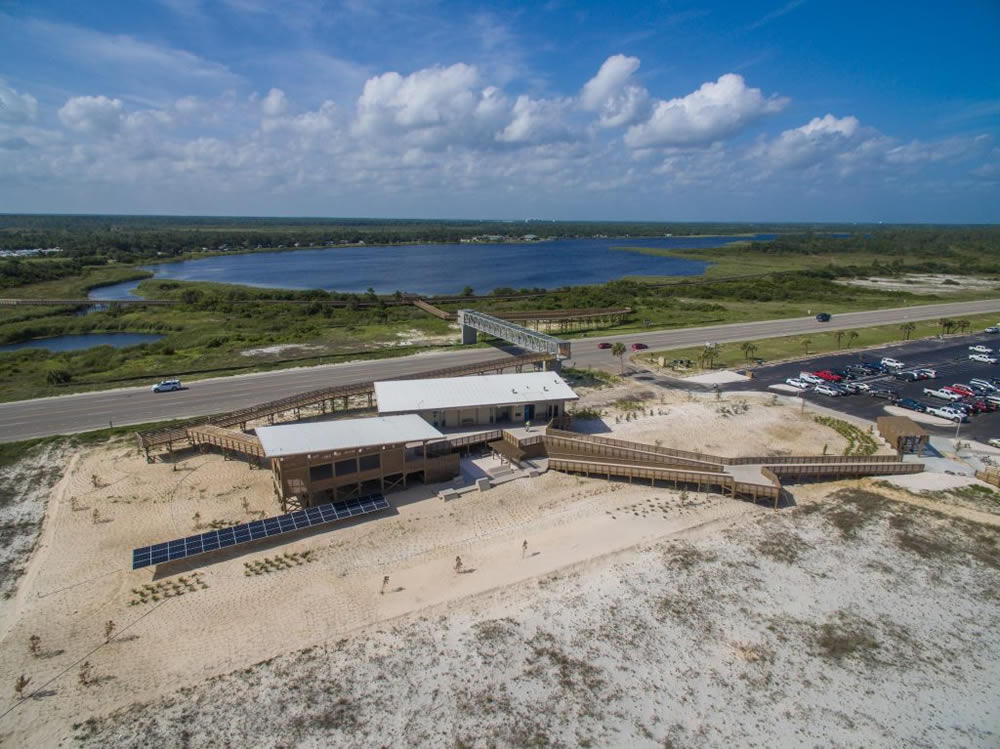
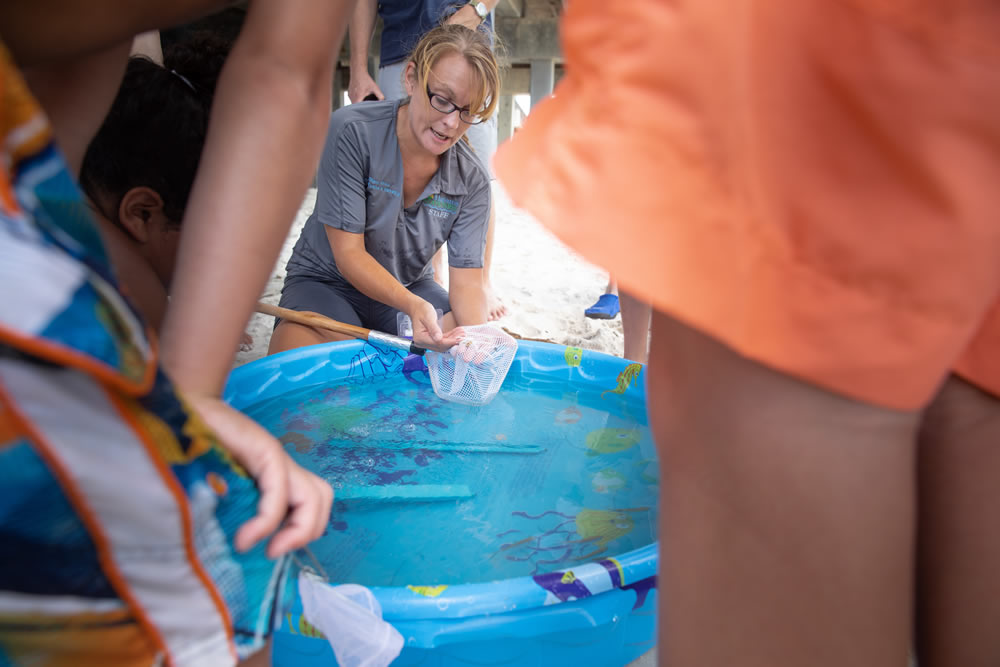
Keep it local
Into history? Tour Fort Morgan, then catch the Mobile Bay Ferry across Mobile Bay to explore its sister fort, Fort Gaines, on Dauphin Island. Among other things, you can learn about Admiral Farragut’s famous line "Damn the torpedoes! Full speed ahead!" uttered during the Battle of Mobile Bay.
While on Dauphin Island, visit the Estuarium to learn about marine life in the estuaries of the Gulf Coast. Bird lovers of all types will want to check out the Audubon Bird Sanctuary, named one of the top four locations in North America for viewing the spring bird migration!
Interested in our Native American and early heritage as a fishing village? Check out the Orange Beach Indian and Sea Museum, which was originally a schoolhouse built in 1910 and contains artifacts and memorabilia donated by the families of some of our early fishermen.
No matter your interest, there is plenty to explore. Our guest service experts are happy to make recommendations and can assist in making all arrangements.
Nature's Calendar
Gulf State Park is blessed with a variety of flora and fauna in its 6,150 acres. With nine different ecosystems in the park, there’s a lot to discover and explore. While we have lots of things you will see year-round, we also have seasonal visitors and activities that happen at different times of the year. Below you will find just some of the things you may see in Gulf State Park, so look for the month you are visiting and check out what may be happening.
- Bald Eagles and osprey are common; look for the adult Bald Eagle pairs on their nests, incubating their eggs; when the chicks hatch, you'll see evidence of the parents feeding them and soon you may see heads appear above the nest.
- Juvenile pelicans will begin feeding on their own.
- Look for columned stinkhorn (fungus) in the park; you are likely to smell it before you see it!
- Yellow-rumped warblers are common; listen for their chirping among the wax myrtles.
- Look for cedar waxwings showing up in large numbers, feeding on holly berries.
- Stargazers will see Orion shining bright in the sky.
- Purple martin houses are put up the first week of February in anticipation of their arrival.
- Great horned owl chicks are seen in the nest.
- Spring peepers and cricket frogs begin calling.
- Wildflowers, including Carolina jessamine, begin blooming.
- Bald Eagle chicks become more active and you will see them moving around the nest.
- Volunteers will place recycled Christmas trees in the sand dunes to act as sand fencing which allows the dunes to continue to grow.
- Ospreys begin nesting.
- Wax myrtles have lots of berries for overwintering and migrating birds.
- Red sorrel and toadflax begin to show signs of spring.
- Alligators can be seen sunning as the days begin to warm up.
- Bald eagle chicks are getting bigger and can be seen stretching and flapping their wings.
- Green tree frogs and leopard frogs can be heard calling.
- Dune restoration continues this month with volunteer opportunities to plant sea oats.
- Conradina (false rosemary), swamp titi, and quaking grass are all abloom.
- Starling and redwing blackbird murmurations can be seen in late winter and early spring.
- April is the big spring bird migration period. A variety of songbirds can be heard as they return from their winter grounds. Watch for fallout—birds that are so tired after their long flight over the Gulf of Mexico will quite literally fallout from exhaustion; they will rest, feed and rebuild their strength to continue their northern journey.
- Be watchful of our nesting shorebirds—least terns, snowy plovers, and black skimmers; they nest on top of the sand and are well camouflaged, so they can be easily disturbed or stepped on.
- Fowler and narrow-mouth toads, gray tree frogs, squirrel tree frogs, green tree frogs, southern leopard toads and southern toads (among others) are all heard calling mates. How many can you identify just by listening to their calls?
- Alligators are more active and mating season begins; listen for the males bellowing.
- Sparkleberry and serviceberry are producing fruit.
- Prickly pear cactus is blooming.
- Cinnamon ferns begin unrolling their fronds.
- Crimson clover, lizard’s tail and sandhill milkweed are all blooming.
- Baby animals are abundant in the park—look for baby raccoons, squirrels, marsh rabbits and others.
- Pitcher plants will begin blooming in early spring.
- Sea turtle nesting season begins; mostly loggerhead nests, but occasional Kemp's Ridley or green sea turtle nests are possible; if you spot sea turtle tracks or a nesting or hatchling sea turtle, call 1-866-SEA-TURTLE to report. Be sure to turn off all lights and refrain from taking pictures.
- Osprey chicks are in the nest while the juvenile bald eagles are finally beginning to fledge.
- Coral bean, blue curl flower, and tickseed are in bloom.
- Willet and other shorebirds are commonly seen foraging along the beach.
- Yellow flies are biting! To deter them, wear light-colored clothing and look for insect repellants with citrus oils like orange or lemon.
- Sea turtle nesting season picks up; volunteers continue patrolling at sunrise looking for tracks from the previous night; nests are marked and monitored. If you spot sea turtle tracks or a nesting or hatchling sea turtle, call 1-866-SEA-TURTLE to report. Be sure to turn off all lights and refrain from taking pictures.
- Baby raccoons, armadillos and marsh rabbits abound.
- Alligators are claiming their territories; be on the lookout along the waterways in the park.
- Looking for ghost crabs on the beach at night is a favorite family activity—just be sure to use a red filter or flashlight so that you don't disturb nesting sea turtles.
- Scarlet hibiscus, previously thought extinct in Alabama, is blooming.
- Be mindful of the cicada wasps—while they may look intimidating, only the females have stinging capabilities but they are not aggressive and rarely sting unless they are handled roughly, get stepped upon with bare feet, or they get caught in clothing.
- Sea turtle nesting continues while hatching begins; if you are lucky enough to witness a nesting sea turtle or a hatching taking place, be sure to turn off all lights and refrain from taking pictures so that the baby turtles can get safely to the Gulf; if there are no volunteers around, please call 1-866-SEA-TURTLE to report turtles.
- Marsh hibiscus and pickerelweed are in bloom along the freshwater lakes and wetlands. Also look for cattails and swamp hibiscus.
- Look for the purple berries of the beautyberry.
- Dragonflies, damselflies, tadpoles and frogs are abundant.
- Juvenile osprey are learning to fish.
- Sea turtle nesting season winds down but hatchings will continue until the last nest is finished (usually in October); be on the lookout for Share the Beach volunteers monitoring nests in the evenings for hatchings. If you spot sea turtle tracks or a nesting or hatchling sea turtle, call 1-866-SEA-TURTLE to report. Be sure to turn off all lights and refrain from taking pictures.
- Liatris is blooming and prickly pear fruit is ripening.
- Gulf fritillary butterflies are common.
- Sea turtle hatching season is winding down; Share the Beach volunteers will be monitoring the last nests so watch for nest excavations. If you spot sea turtle tracks or a nesting or hatchling sea turtle, call 1-866-SEA-TURTLE to report. Be sure to turn off all lights and refrain from taking pictures.
- Baby alligators are hatching; look for them near their mamas (sometimes you will see them riding on top).
- Wild persimmons can be found.
- Adult bald eagles return and may be seen rebuilding their nests getting ready for breeding season.
- Tree swallows will be abundant.
- Goldenrod is in full bloom.
- Several butterflies can be spotted as they are migrating through—Gulf fritillary, monarch, eastern black swallowtail, common buckeye, cloudless sulphurs, and long-tailed skippers; check the milkweed varieties for butterflies.
- In addition to butterflies, the fall bird migration is in full swing.
- Any last sea turtle nests will be hatching and final nest excavations being performed by Share the Beach volunteers. If you spot sea turtle tracks or a nesting or hatchling sea turtle, call 1-866-SEA-TURTLE to report. Be sure to turn off all lights and refrain from taking pictures.
- Common loons begin arriving; they will spend the winter with us (until about March); we will also begin seeing red-breasted mergansers and cormorants.
- When conditions allow during the fall and winter months (October through February), park staff will be performing prescribed burning operations in the park.
- Groundsel and showy jointweed can be found in the park.
- You will notice that our native trees do not change color in the fall and winter, because they are evergreen. In fact, the trees that you will see changing color are invasive species called Chinese Tallow or "Popcorn Trees".
- The full moon at the end of November is called a Beaver Moon. This is because it occurs around the same time of year that beavers take shelter for the winter ahead. In colonial times, this was a popular time of year for beaver trapping to get their thick winter pelt.
- With the position of the sun located over the Gulf, we have our best sunrises and sunsets of the year (though we can’t complain about their beauty the rest of the year)!
- Join our naturalists for guided tours of the beach, pier or trails and other educational programs and activities (check the weekly Nature Center calendar for specific programs)
- Dolphins can frequently be spotted in the Gulf and back bay waterways.
- Beachcombing is wonderful after a storm; check the beach to see what treasures the waves have left behind.
- Remember, while you’re enjoying our beautiful natural resources, to
- respect all of our wildlife by observing them from a distance without following or approaching; never feed them; and do not disturb them while they are mating, nesting, or raising young;
- not pick or dig up plants or flowers;
- pack up and take all trash with you and dispose of it properly;
- take only pictures, leave only footprints.
